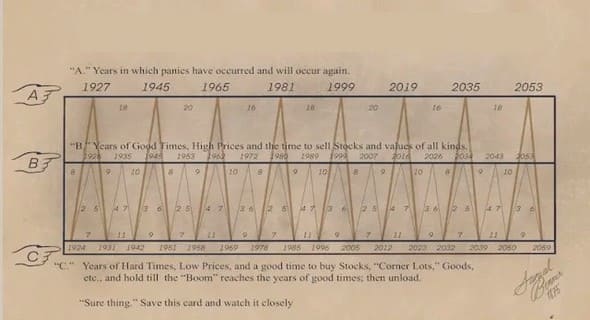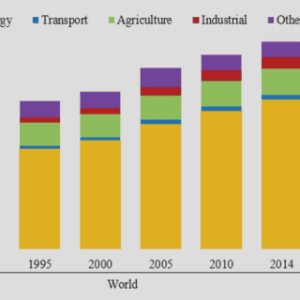(Downloads - 0)
For more info about our services contact : help@bestpfe.com
Table of contents
I Some of the foundations of modern cosmology
1 The basics of inflation
1.1 Anisotropy, expansion and its implications
1.2 Inflation to the rescue
1.3 The simplest model of inflation
1.4 Quantum fluctuations and the spectrum of primordial perturbations
1.5 Reheating
1.6 Difficulties for inflation
2 From the primordial spectrum to observations
2.1 The initial conditions from inflation
2.2 The Bardeen equation
2.3 Matter power spectrum
2.4 Temperature anisotropies
2.4.1 Some ignored but known effects
2.4.2 The power spectrum
2.5 CMB Polarisation
2.6 Non-Gaussianity
II Constraints from primordial perturbations
3 The inflaton potential: probing V (φ)
3.1 Introduction
3.2 Fitting the primordial spectrum
3.3 Fitting the scalar potential
3.4 Conclusions
4 The inflaton potential: probing H(φ)
4.1 Introduction
5 The inflaton potential: Slow Roll vs. Numerics
5.1 Introduction
5.2 Background and perturbations in single field inflation
5.2.1 Exact spectra via mode equation
5.2.2 Approximation I
5.2.3 Approximation II
5.3 Constraints from current data
5.3.1 Expansion in H vs. expansion in H2
5.3.2 Approximations vs. exact spectra
5.4 Why the difference?
5.4.1 The prior issue
5.4.2 Comparison of accuracy
5.5 Discussion
6 The inflaton potential: Prior dependence of parameters
6.1 Introduction
6.2 Priors and posteriors
6.2.1 Importance sampling
6.2.2 Cosmological parameters
6.3 Flat prior on HInf
6.4 Conclusion
III Constraints from secondary anisotropies
7 The integrated Sachs-Wolfe effect: constraining the neutrino mass
7.1 Introduction
7.2 The galaxy-ISW correlation in the presence of neutrino mass
7.2.1 Definitions
7.2.2 Effect of neutrino masses
7.2.3 Detectability
7.3 An MCMC analysis of mock data
7.4 Conclusions
8 The Rees-Sciama effect: apparent acceleration from structure formation in trouble
8.1 Introduction
8.2 The Model
8.2.1 The metric and geodesics
8.2.2 Dimensions and configurations
8.2.3 Different methods for the angular diameter distance
8.2.4 Using 2D geodesic equations in a 3D setup
8.3 The CMB
8.3.1 Temperature maps and their power spectra
8.3.2 Numerical limitations
8.3.3 Discussion
8.4 Angular diameter distance – redshift relation
8.4.1 The same maximum distance for all hole sizes up to 1.75 Gpc
8.4.2 Distribution in different directions
8.4.3 Dependence on the size of holes
8.5 Discussion and conclusion
General Conclusion
Acknowledgements
A Vacuum states
A.1 Vacuum in Minkowsky space
A.2 Ambiguity in curved space
A.3 Conformal vacuum
A.4 Bunch-Davies vacuum
B The Limber approximation
Bibliography



